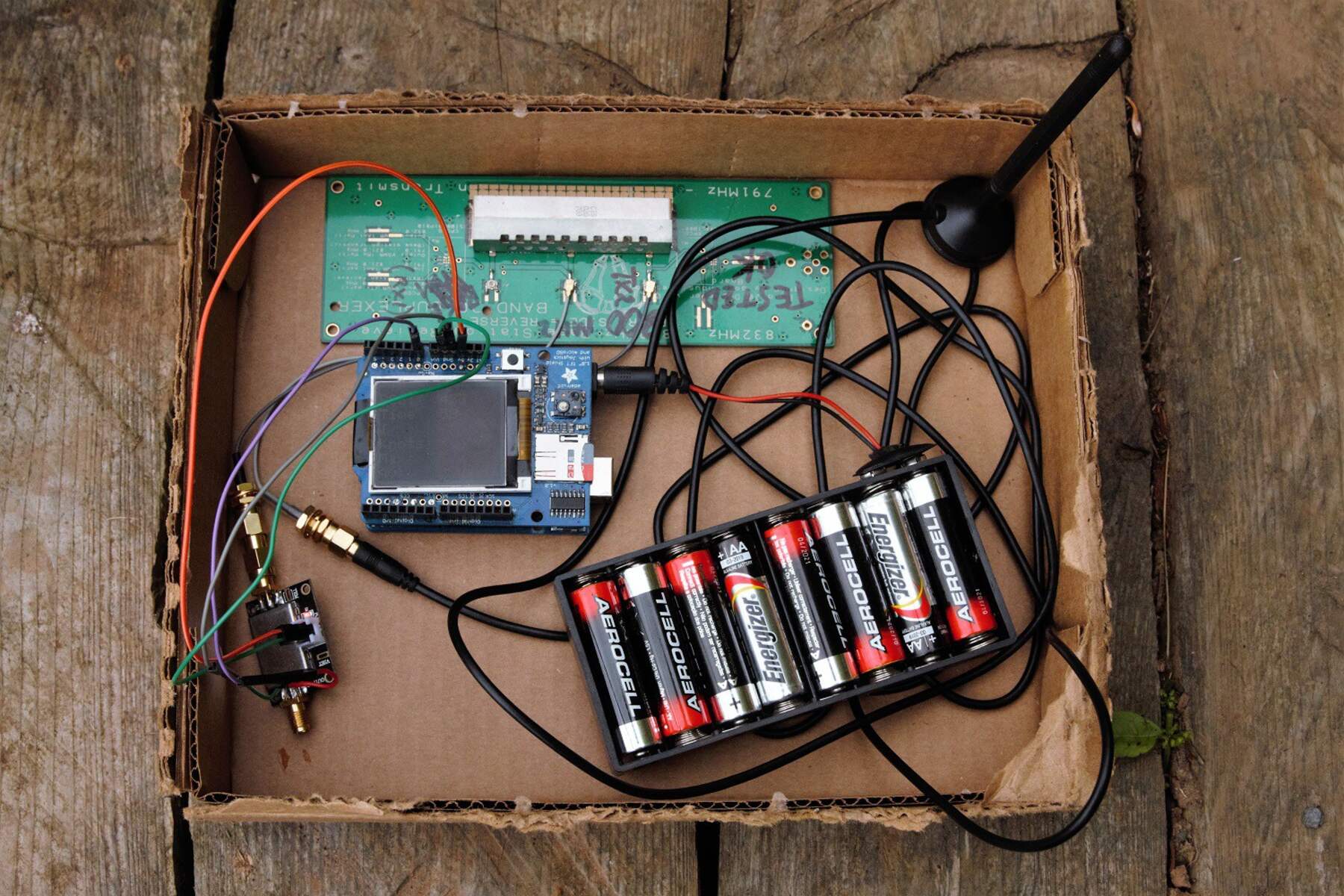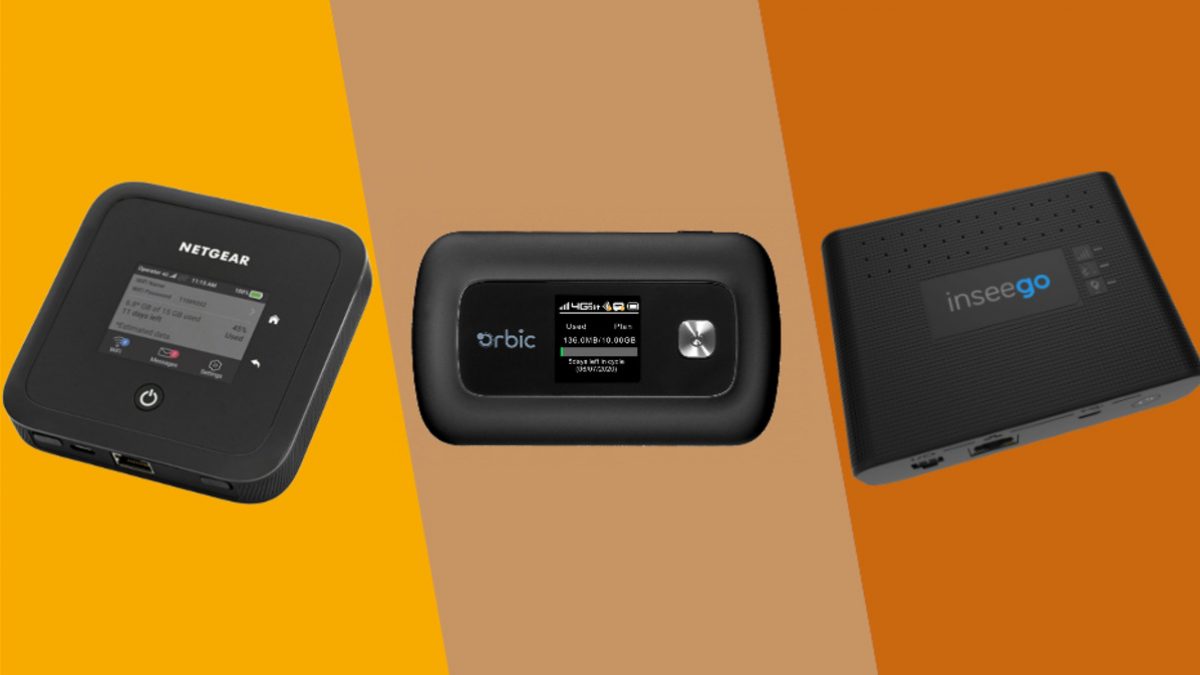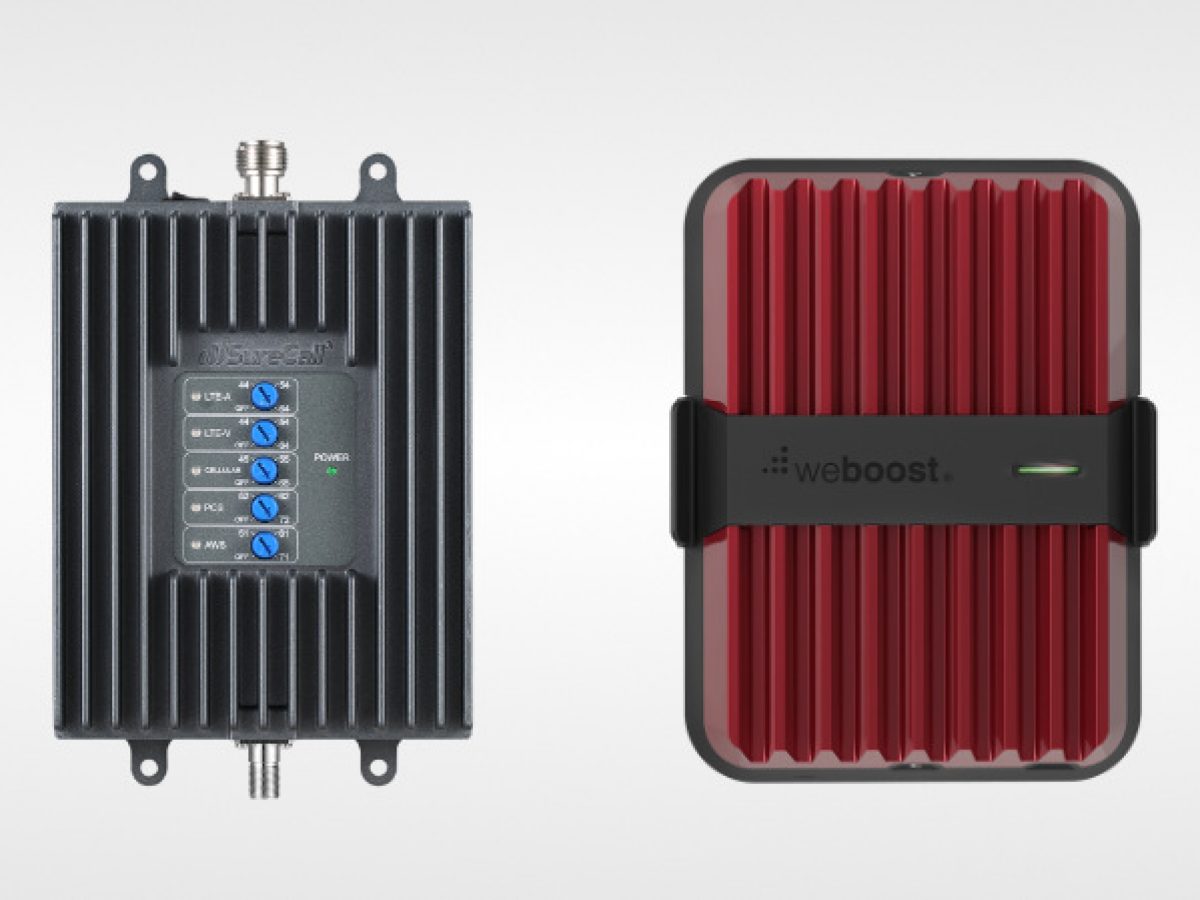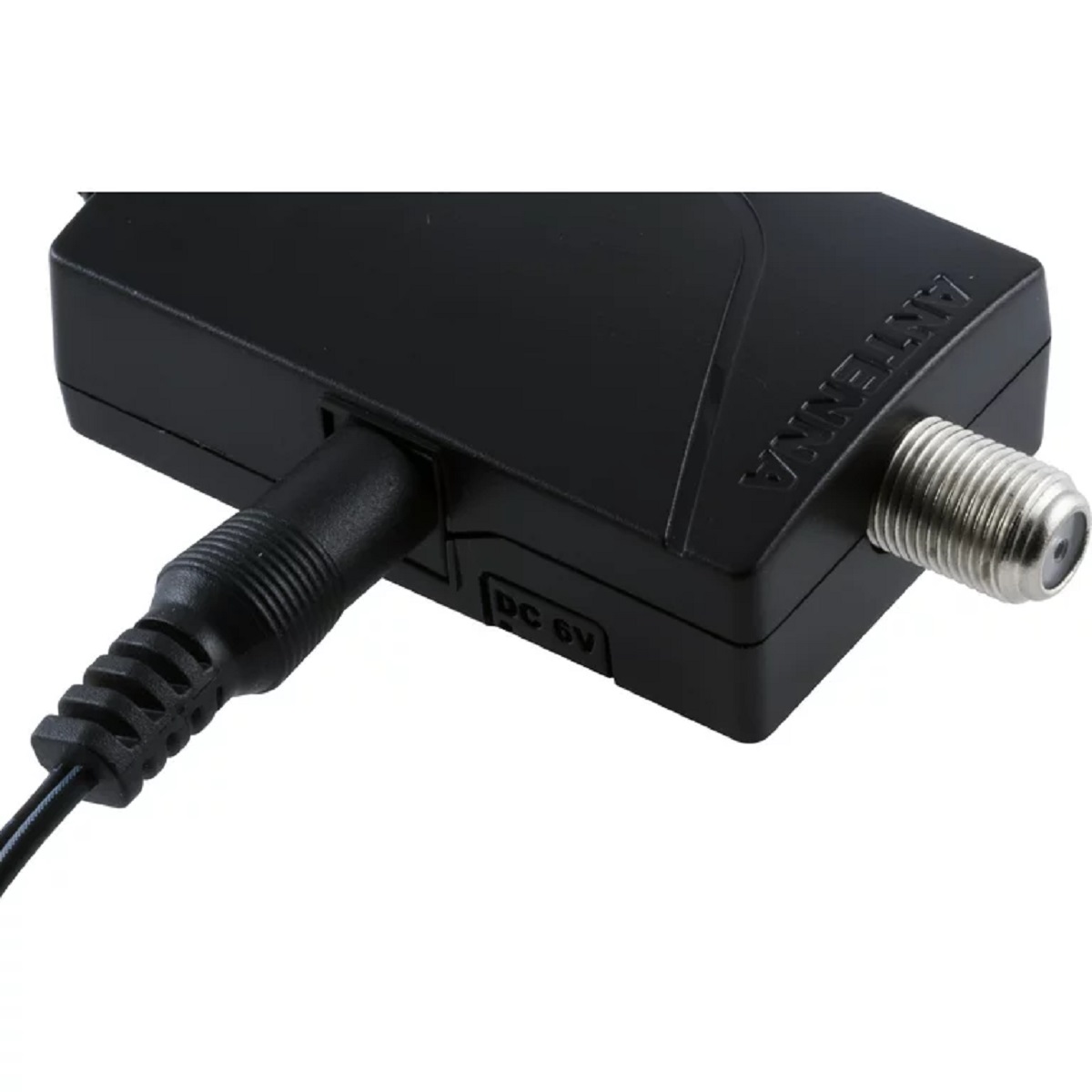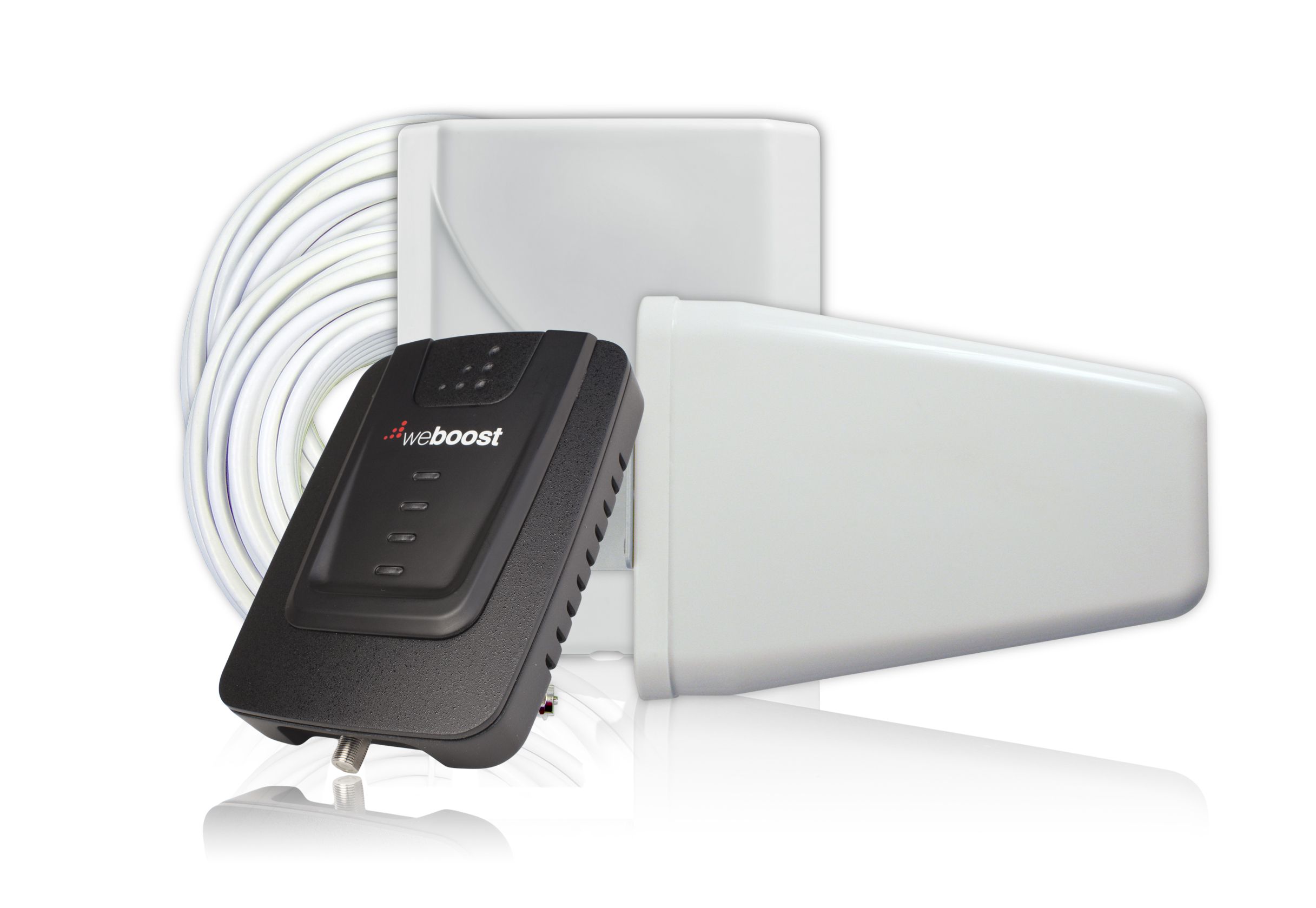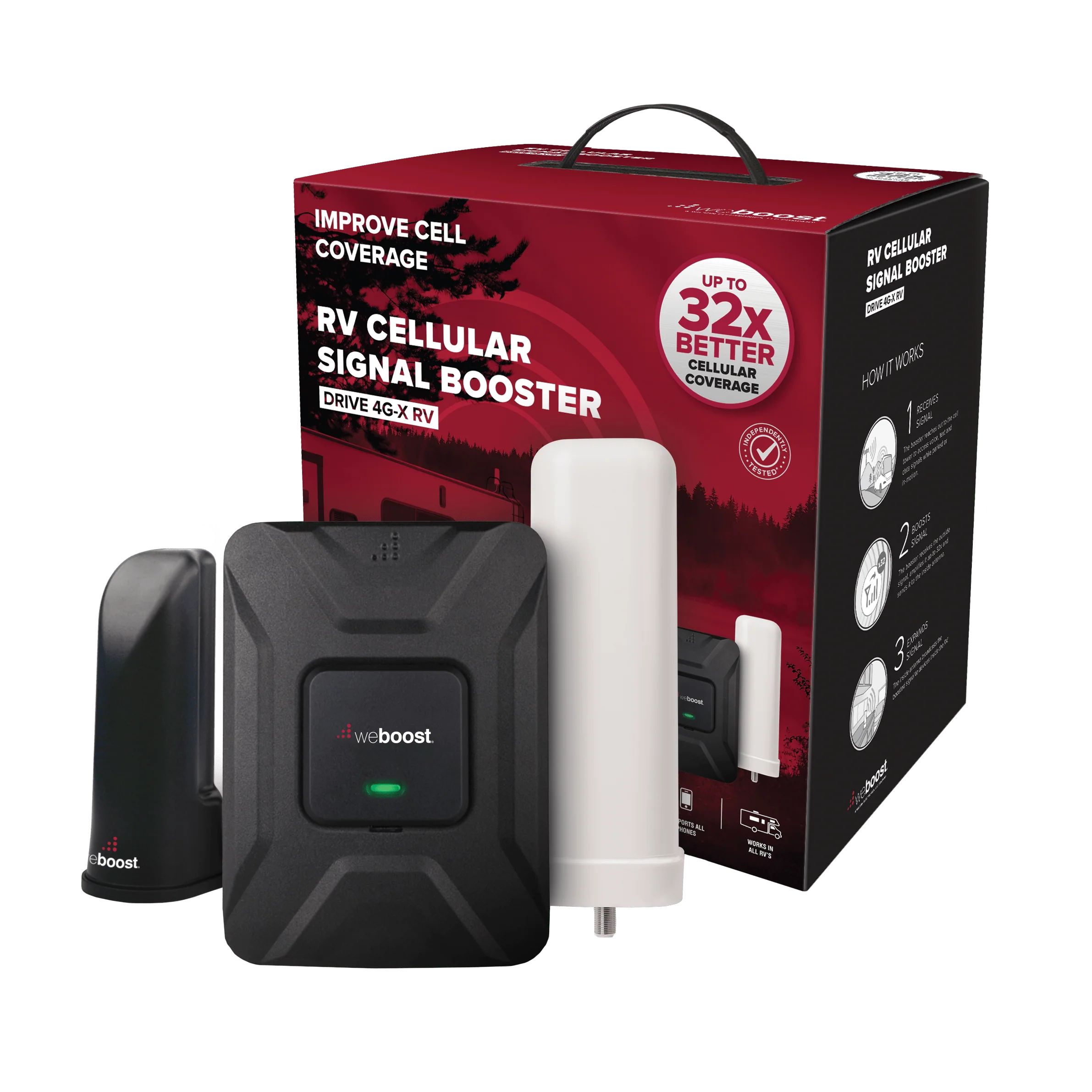Introduction
Welcome to the world of mobile signal boosters! In this comprehensive guide, we will delve into the fascinating realm of building a mobile signal booster circuit. Whether you're a hobbyist, a tech enthusiast, or someone seeking to improve their mobile network connectivity, this guide is designed to equip you with the knowledge and skills to construct a simple yet effective mobile signal booster circuit.
In today's fast-paced digital age, a strong and reliable mobile signal is indispensable. However, various factors such as distance from cell towers, obstructions, and building materials can often lead to poor signal reception. This is where a mobile signal booster comes to the rescue, amplifying the existing signal and ensuring seamless communication and data connectivity.
Building your own mobile signal booster circuit not only provides a cost-effective solution but also offers a hands-on learning experience in electronics and circuitry. By understanding the components, assembling the circuit, and testing its functionality, you'll gain valuable insights into the world of telecommunications and signal amplification.
Throughout this guide, we will explore the essential components required for the circuit, the step-by-step process of building the booster, and the crucial testing and troubleshooting procedures. Whether you're a DIY enthusiast looking for a rewarding project or an individual seeking to enhance their mobile signal strength, this guide aims to empower you with the knowledge and confidence to embark on this exciting endeavor.
So, grab your soldering iron, gather your components, and get ready to embark on a journey into the realm of mobile signal amplification. Let's dive into the world of circuitry and connectivity as we embark on the rewarding task of building a mobile signal booster circuit.
Understanding Mobile Signal Boosters
Before delving into the construction of a mobile signal booster circuit, it’s essential to grasp the fundamental principles behind mobile signal boosters. A mobile signal booster, also known as a cell phone signal amplifier, is a device designed to enhance the strength of the cellular signal received by a mobile phone. It operates by amplifying the existing signal, thereby improving voice call quality and data connectivity.
Mobile signal boosters consist of three primary components: an external antenna, an amplifier unit, and an internal antenna. The external antenna is responsible for capturing the weak signal from the cellular tower, while the amplifier unit boosts the signal strength. Subsequently, the internal antenna broadcasts the amplified signal within the desired area, such as a building or a vehicle, ensuring improved reception for mobile devices.
These devices are particularly beneficial in areas where the cellular signal is weak due to factors such as distance from the nearest cell tower, geographical obstructions, or building materials that impede signal penetration. By amplifying the signal, mobile signal boosters mitigate the effects of signal attenuation, enabling users to enjoy reliable voice calls and seamless data connectivity.
It’s important to note that mobile signal boosters are designed to amplify existing signals and cannot create signals in areas with no cellular coverage. Additionally, the use of mobile signal boosters is subject to regulations and guidelines to prevent interference with cellular networks and ensure optimal performance.
Understanding the functionality and limitations of mobile signal boosters is crucial in the construction and deployment of a mobile signal booster circuit. By gaining insights into the role of each component and the overall operation of the booster, you’ll be well-equipped to embark on the process of building a custom mobile signal booster circuit. With this foundational knowledge in place, let’s proceed to explore the essential components required for constructing the circuit.
Components Required for the Circuit
Building a mobile signal booster circuit requires a selection of essential components that form the backbone of the amplifier system. Understanding the function and significance of each component is pivotal to the successful construction and operation of the circuit. Below are the key components required for building a simple yet effective mobile signal booster circuit:
- External Antenna: The external antenna, also known as the donor antenna, serves the crucial role of capturing the weak cellular signal from the surrounding environment. It is typically installed in an elevated location to maximize signal reception and should be positioned to minimize obstructions and interference.
- Amplifier Module: The amplifier module is the heart of the signal booster circuit, responsible for amplifying the captured signal to enhance its strength. This module typically consists of an amplifier chip, power supply components, and filtering circuitry to ensure optimal signal amplification while minimizing interference.
- Internal Antenna: The internal antenna, also referred to as the broadcast antenna, is tasked with retransmitting the amplified signal within the desired coverage area. It plays a pivotal role in ensuring that the boosted signal is effectively distributed to mobile devices, thereby improving signal reception and connectivity.
- Coaxial Cables: Coaxial cables serve as the transmission medium for the signal between the external antenna, amplifier module, and internal antenna. High-quality, low-loss coaxial cables are essential to minimize signal attenuation and ensure efficient signal transfer throughout the booster system.
- Power Supply: A stable and reliable power supply is crucial for the proper functioning of the amplifier module. This includes a suitable DC power source and voltage regulation components to provide the necessary power for the amplifier while maintaining consistent performance.
- Connectors and Mounting Hardware: Various connectors, adapters, and mounting hardware are essential for securely installing the antennas, connecting the coaxial cables, and ensuring the robust and reliable operation of the mobile signal booster circuit.
By assembling these components with precision and attention to detail, you can construct a functional mobile signal booster circuit that effectively amplifies cellular signals, thereby enhancing communication and connectivity. The next section will guide you through the step-by-step process of building the booster circuit, empowering you to bring this essential telecommunications project to fruition.
Building the Circuit
Constructing a mobile signal booster circuit involves a systematic assembly of the essential components to create a functional and reliable signal amplification system. The following step-by-step guide outlines the process of building the circuit:
- Antenna Installation: Begin by installing the external and internal antennas in strategic locations. The external antenna should be mounted in a position that maximizes signal reception, while the internal antenna should be situated to provide optimal coverage within the intended area.
- Amplifier Module Integration: Assemble the amplifier module by carefully integrating the amplifier chip, power supply components, and filtering circuitry. Follow the manufacturer’s specifications and guidelines to ensure proper assembly and functionality.
- Coaxial Cable Connection: Use high-quality coaxial cables to establish the connections between the external antenna, amplifier module, and internal antenna. Ensure that the cables are securely connected and routed to minimize signal loss and interference.
- Power Supply Setup: Configure a stable power supply for the amplifier module, ensuring that the voltage levels are within the specified range and that the power source is reliable and consistent. Implement voltage regulation components as necessary to maintain optimal amplifier performance.
- Grounding and Shielding: Properly ground the components and shield the circuitry to mitigate electromagnetic interference and ensure the safety and integrity of the signal booster system. Follow best practices for grounding and shielding to maintain signal quality and compliance with safety standards.
- Testing and Optimization: Once the circuit is assembled, conduct thorough testing to verify the functionality and performance of the mobile signal booster. Use signal strength meters and mobile devices to assess the signal enhancement within the coverage area and make any necessary adjustments to optimize the booster’s operation.
Throughout the construction process, meticulous attention to detail and adherence to best practices are crucial for ensuring the effectiveness and reliability of the mobile signal booster circuit. By following these steps and leveraging your understanding of the components and their functions, you can successfully build a custom mobile signal booster that enhances cellular signal strength and improves connectivity.
With the circuit assembled and tested, you’re now ready to embark on the next phase: the crucial testing and troubleshooting procedures. This will ensure that the booster operates optimally and delivers the desired signal enhancement, providing a seamless communication experience for mobile users within the coverage area.
Testing and Troubleshooting
Upon completing the construction of the mobile signal booster circuit, thorough testing and troubleshooting are essential to validate its performance and address any potential issues. The following steps outline the testing and troubleshooting procedures:
- Signal Strength Evaluation: Utilize signal strength meters or mobile devices to measure the signal strength before and after activating the booster. Verify that the booster effectively enhances the signal within the intended coverage area, ensuring improved voice call quality and data connectivity.
- Interference Assessment: Conduct an assessment to identify and mitigate any potential sources of interference that may affect the booster’s operation. This includes identifying nearby electronic devices, high-power equipment, or radio frequency (RF) sources that could impact signal quality.
- Performance Optimization: Fine-tune the positioning of the external and internal antennas to optimize signal reception and distribution. Adjust the orientation and placement of the antennas to achieve the best signal enhancement while minimizing signal loss and interference.
- Power Supply Stability: Verify the stability and reliability of the power supply to the amplifier module. Ensure that the voltage levels are consistent and within the specified range, and address any power-related issues that may impact the booster’s performance.
- Coaxial Cable Integrity: Inspect the coaxial cables for any signs of damage, signal leakage, or improper connections. Verify that the cables are securely connected, properly shielded, and free from any physical or electrical faults that could compromise signal transfer.
- Compliance and Safety Checks: Ensure that the mobile signal booster circuit complies with relevant regulations and safety standards. Verify that the booster operates within permissible power levels and does not cause interference with cellular networks or other communication systems.
Throughout the testing and troubleshooting process, meticulous attention to detail and methodical assessment are crucial for ensuring the optimal performance and compliance of the mobile signal booster circuit. Addressing any identified issues promptly and effectively will result in a reliable and efficient signal amplification system that enhances mobile connectivity.
By diligently conducting these testing and troubleshooting procedures, you can validate the functionality of the booster circuit and make any necessary adjustments to optimize its performance. With a carefully tested and fully operational mobile signal booster circuit, you are well-prepared to enjoy improved cellular signal strength and seamless communication within the coverage area.
Conclusion
Congratulations on successfully navigating the intricate process of building a mobile signal booster circuit! Through this comprehensive guide, you’ve gained valuable insights into the fundamental principles of signal amplification, the essential components required for the circuit, and the meticulous steps involved in constructing and testing the booster system.
By understanding the role of the external and internal antennas, the amplifier module, coaxial cables, and power supply components, you’ve unlocked the potential to create a custom mobile signal booster that enhances cellular signal strength and connectivity. The hands-on experience gained from assembling the circuit and conducting thorough testing has equipped you with practical skills in electronics and telecommunications, fostering a deeper understanding of signal amplification technologies.
As you reflect on the journey from conceptualizing the booster circuit to bringing it to life through careful assembly and testing, you’ve not only expanded your knowledge but also empowered yourself to address the challenges of poor mobile signal reception with a cost-effective and tailored solution. Whether it’s improving signal strength in a remote location, a residential setting, or a commercial environment, the skills and insights gained from this endeavor position you to make a meaningful impact on mobile connectivity.
As you venture forward, the knowledge and experience gained from this guide will serve as a valuable foundation for further exploration and innovation in the realm of telecommunications and electronics. Whether you’re pursuing additional projects in signal amplification or leveraging your newfound expertise in related fields, the journey of building a mobile signal booster circuit has equipped you with a practical and rewarding skill set.
Embrace the opportunity to apply your knowledge and skills, and continue to explore the ever-evolving landscape of mobile communication technologies. With a custom mobile signal booster circuit at your disposal, you’re poised to enjoy enhanced connectivity and seamless communication, all while basking in the satisfaction of having embarked on a fulfilling and enriching technical endeavor.







